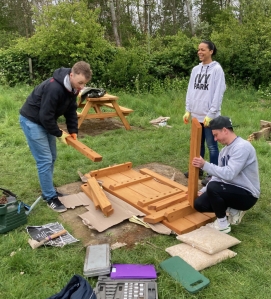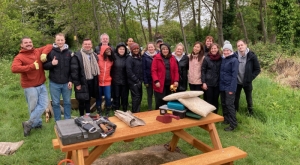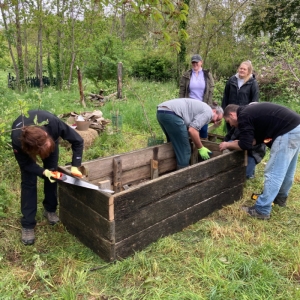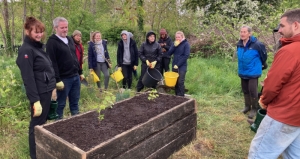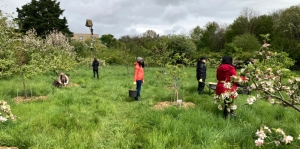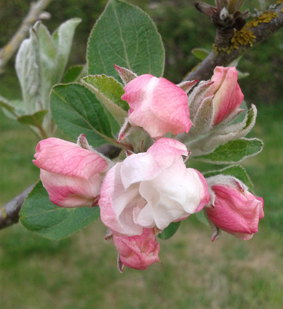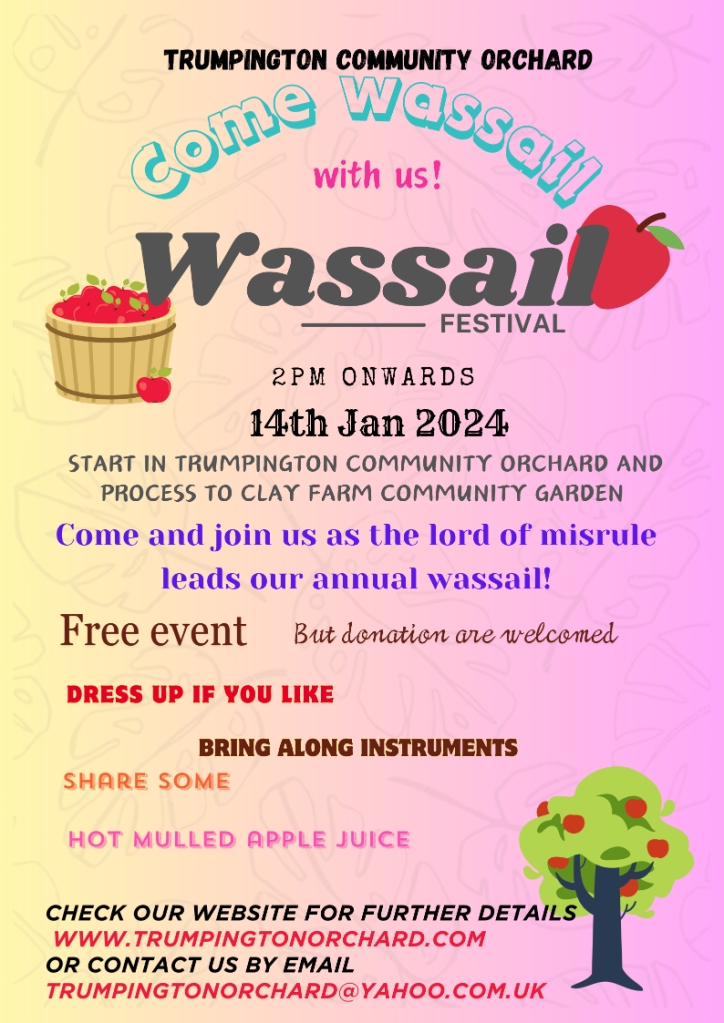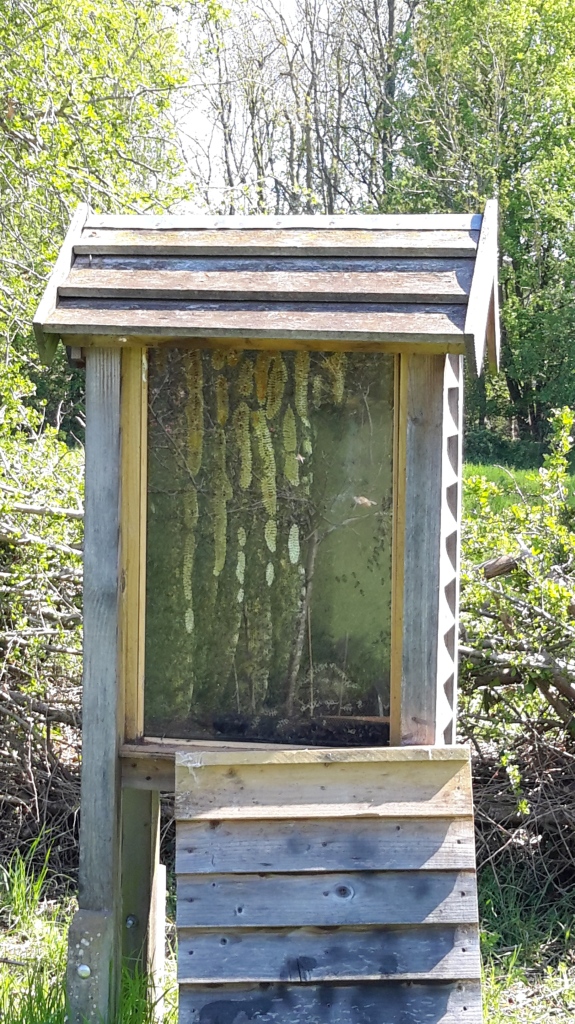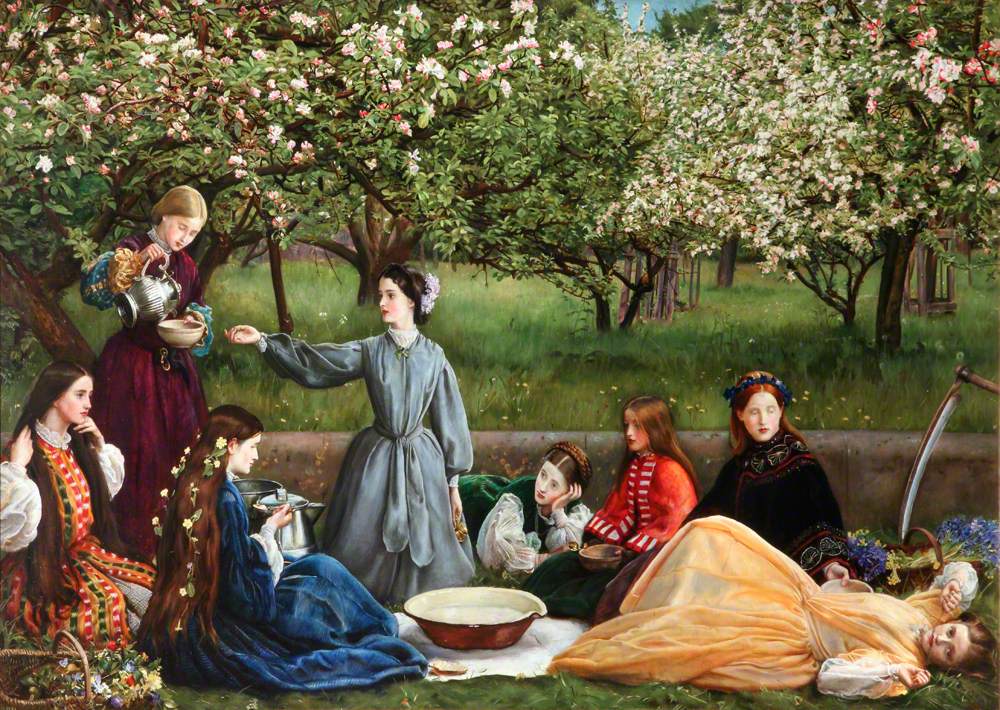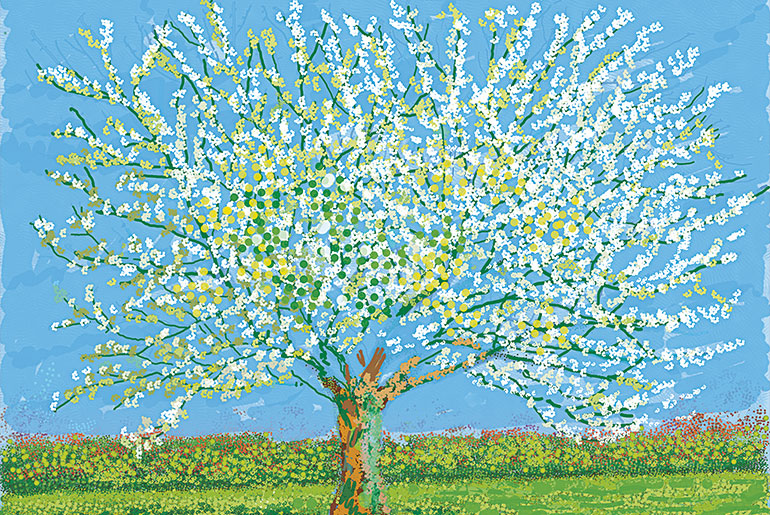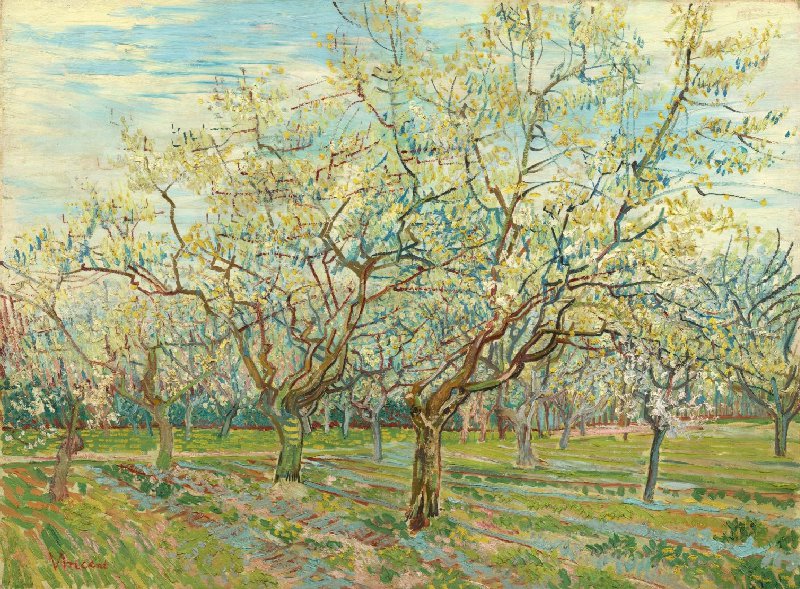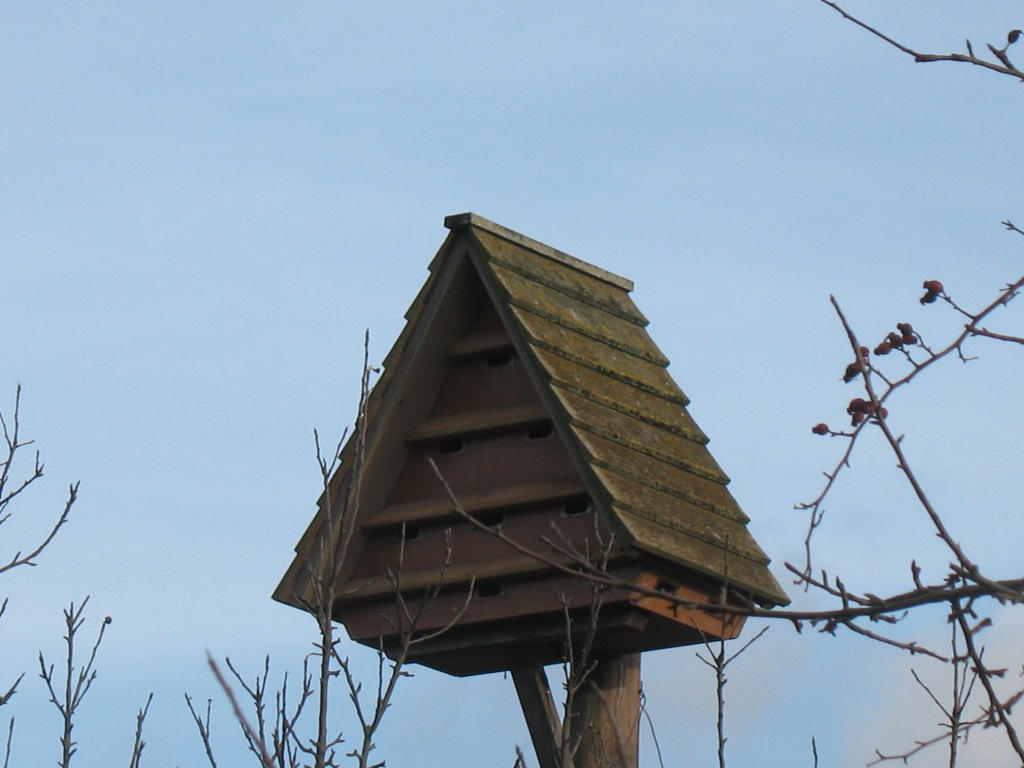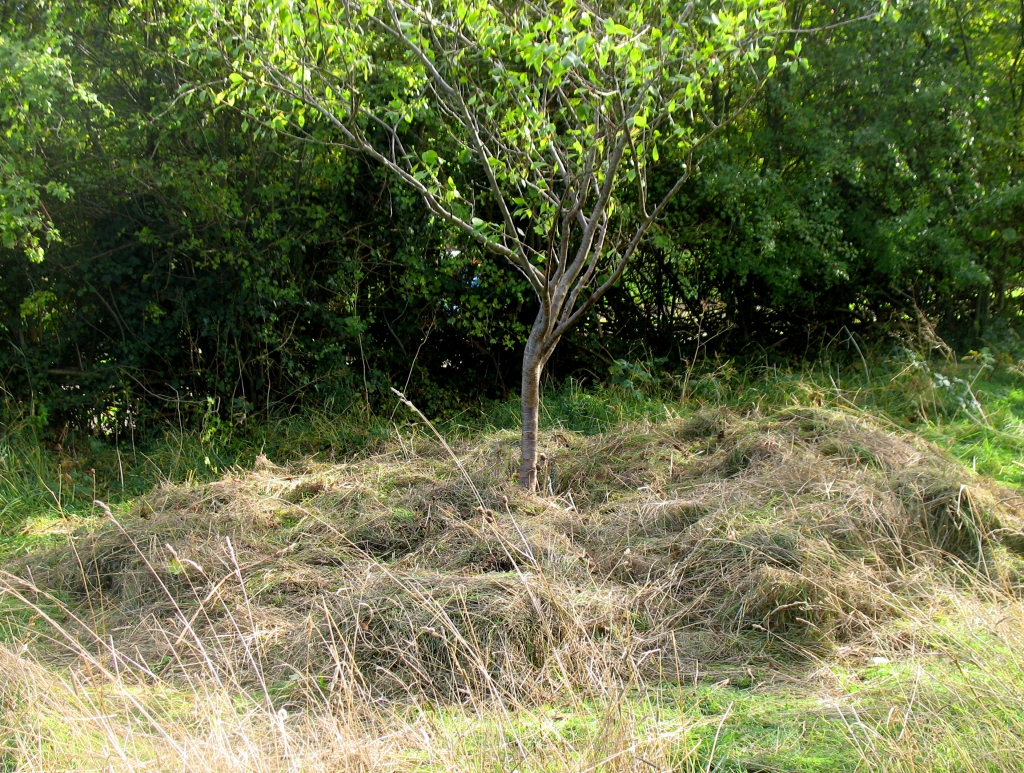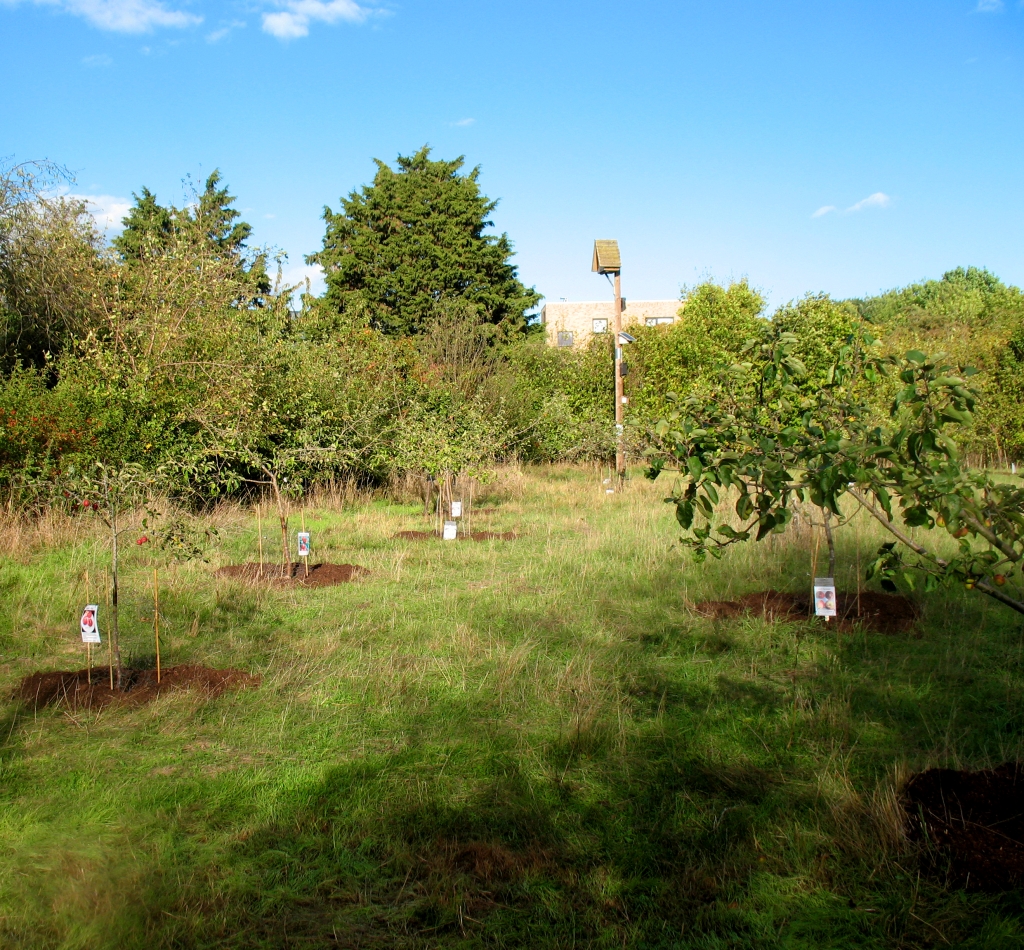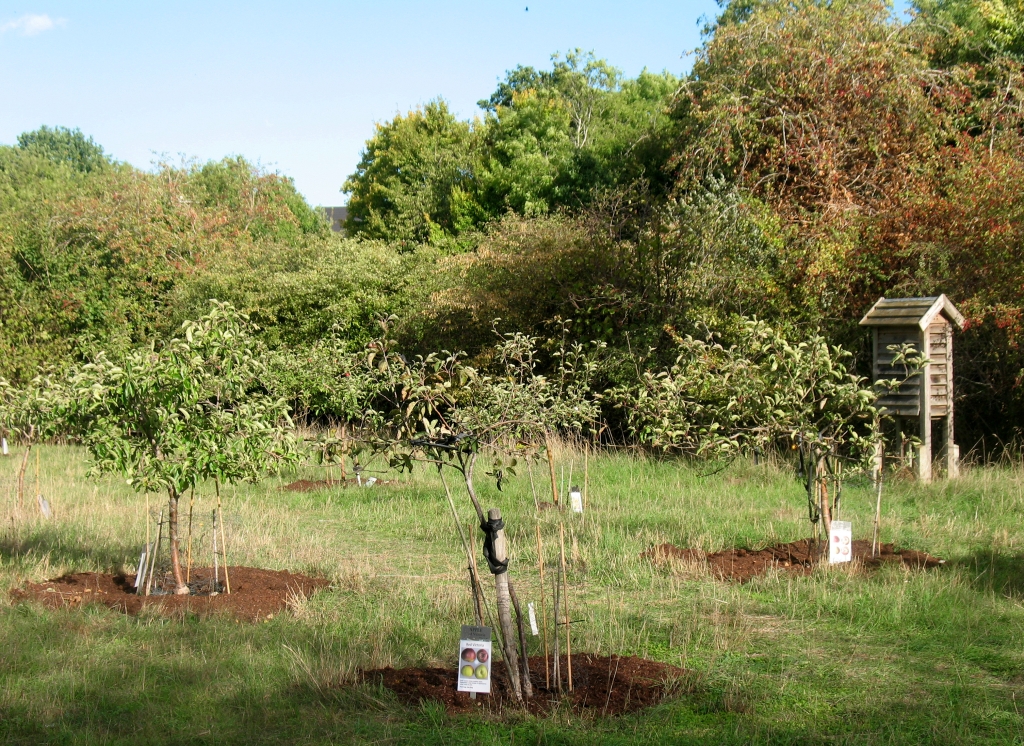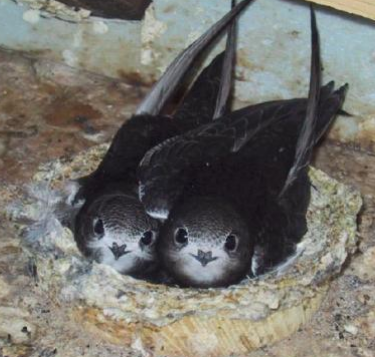Tags
The poet Xan Oku (active on Twitter/X) says that flowers remind us why the rain is necessary. On our Blossom Day celebration we had plenty of both, but about 25 people turned out to enjoy the orchard. It is beautiful, whatever the weather. We made artwork using thumbprints for the blossom, and enjoyed the music.
The blossom may not have outdone the dramatic clouds above the orchard, but the benefit is that there is still blossom to see. If you have any photos please send them in, we love to see them.
Other news – we think the swifts are back! If you see them please drop us a comment saying the date and time of your sighting.




